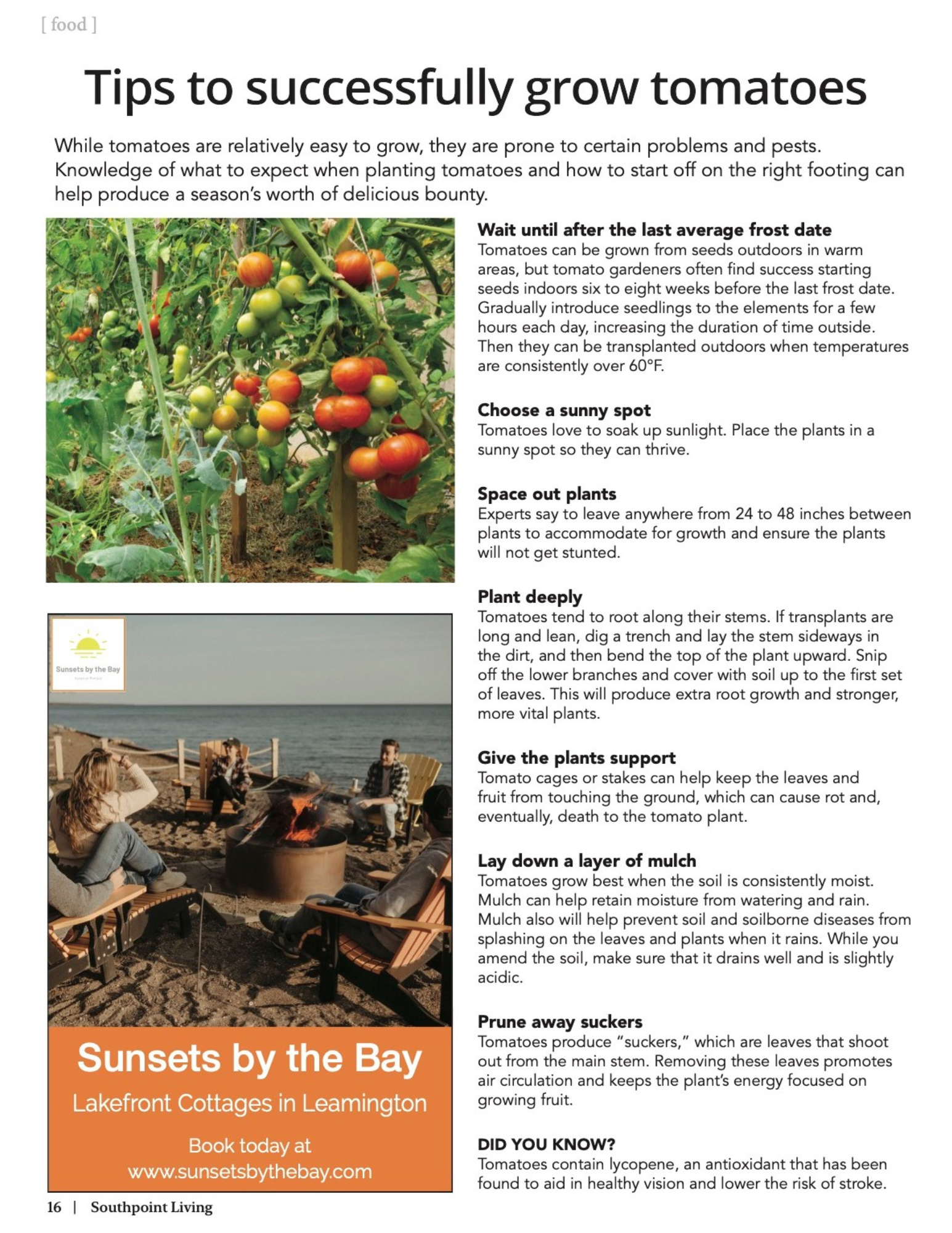The aquatic invasive plant, hydrilla, has been detected for the first time in Ontario — and Canada — in the West Cell at Hillman Marsh Conservation Area.
Hydrilla (Hydrilla verticillata) can grow up to 2.5 centimetres per day and to lengths of 7.5 metres. This rapid growing invasive species can choke out native species and clog water intake pipes, boat motors and impede other recreational activities like swimming and paddling. Hydrilla is a prohibited invasive species under Ontario’s Invasive Species Act 2015.
Essex Region Conservation Authority (ERCA) is working closely with the Ministry of Natural Resources, the Invasive Species Centre, the Ontario Federation of Anglers and Hunters and many other partners to evaluate the extent of the infestation, contain the spread, and develop plans to control this invasive species.
To date, surveys have shown the infestation to be limited to the contained wetland area of the West Cell of Hillman Marsh that is not directly connected to Lake Erie.
In a proactive effort to contain the spread of this invasive plant, ERCA has immediately closed the West Cell of Hillman Marsh, including the trail and boardwalk, to boating, walking and hunting. Hydrilla is easily spread when boat propellers, kayaks, canoes, trailers, fishing and hunting gear, pets or people inadvertently carry attached plant fragments to new areas. The Conservation Authority is asking the public for assistance in refraining from accessing this area.
This decision has an immediate effect on the local duck hunting season.
Director of Communications and Outreach services for ERCA, Danielle Stuebing, says that all hunters involved have been notified of the closure.
“ERCA re-conducted the draw to be fair to all involved, offered refunds to those who did not wish to participate, and worked with experienced hunters to relocate blinds where possible,” she said.
Although it’s unknown how the plant was introduced, Stuebing says that it’s easily transferrable from boots, boats or even on pets.
According to Ontario’s Invading Species website, hydrilla had yet to be detected in Canada, but has been found in neighbouring American states. It’s believed to have been spread across the states through people emptying their aquariums into lakes and rivers. Hydrilla was brought into the U.S. as a popular aquarium plant in the 1950s.









































